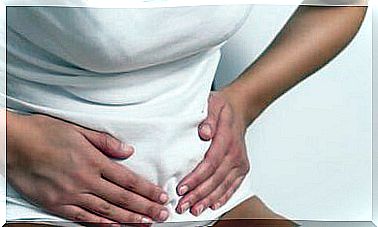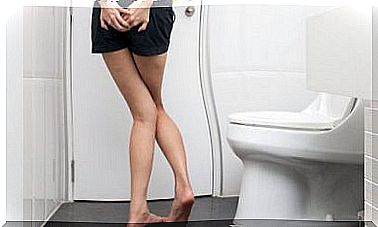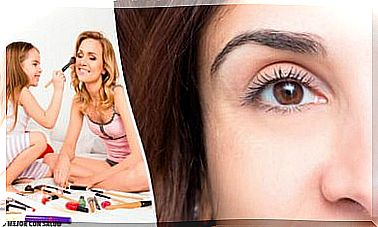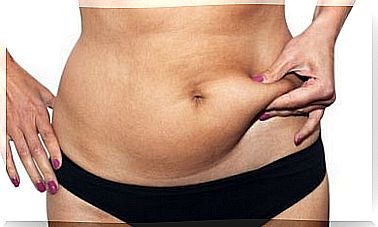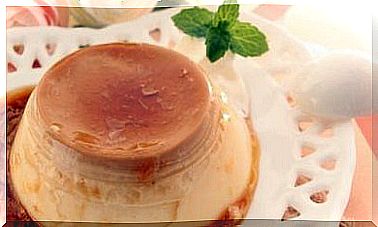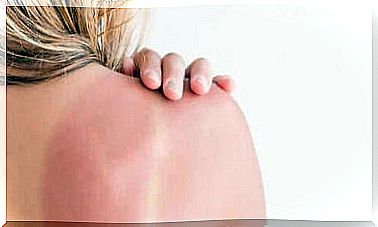Blepharitis: Causes, Symptoms And Treatment
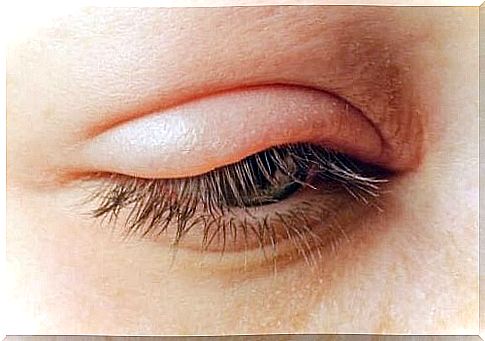
Blepharitis is inflammation of the edge of the eyelid. In order to understand this condition, it is important to remember that there are several glands responsible for secreting substances at the edge of the eyelid.
Some of these glands produce fat. These types of glands are called meibomian glands, and problems with these glands are the most common cause of blepharitis. When something blocks the meibomian glands, they can’t expel the fluid as they should. As a result, bacteria begin to grow on the skin.
In general, this condition affects both eyelids of people who suffer from it. Usually it affects the part where the eyelashes grow. This is because most of the meibomian glands are located there.
Today, blepharitis is one of the most common vision problems. It affects both men and women equally. In addition, it can occur at any time in a person’s life.
The most common symptoms
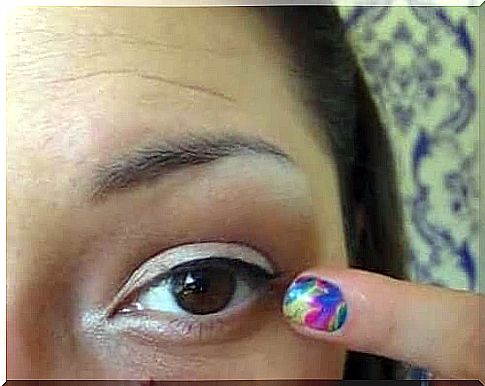
In general, people with this condition have some common symptoms. For example, the most common symptoms are:
- sensitivity to light
- red or watery eyes, or dry eyes if the glands that keep the eyes hydrated are blocked
- swelling in the eyelids, and also the eyelids may look reddish and greasy
- the need to blink often, as well as a stinging sensation or discomfort (people often say it feels like they have sand in their eyes)
Other common symptoms can also include:
- changes in the eyelashes, such as hairs starting to grow in the wrong direction
- dry and flaky skin around the eyes and on the eyelids, which can scar if left on for a long time
- hard, crusty substances around the eyes when you wake up in the morning
- styes (lumps at the base of the eyelashes, which are usually the result of an infection and generally cause a lot of discomfort)
- a swelling due to an infection, affecting both the outer and inner parts of the eyelid and appearing red
- chronic conjunctivitis
- problems with the cornea due to irritation of this layer or other related injuries
Possible causes of blepharitis
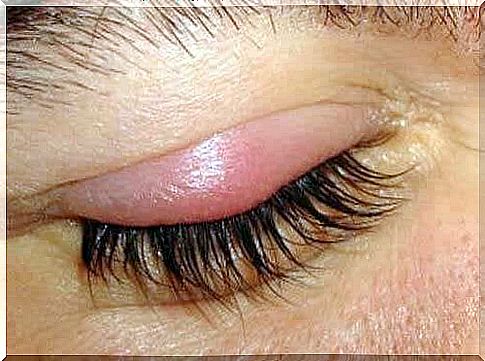
At this point, specialists are unsure of the exact causes of this condition. However, they say there are a number of factors that can cause blepharitis. The most common causes are:
- something that blocks the sebaceous glands of the eyelids, usually caused by a bacterial infection
- seborrheic eczema or other skin conditions such as rosacea
- the presence of mites, lice or other living creatures on the eyelashes that can damage this region
- allergic reactions to substances that come into contact with the eye, such as medicines or make-up
The Best Treatments for Blepharitis
First, doctors will need to diagnose the condition as blepharitis. A medical team will use a number of tests to do this.
They will then determine the best treatment options for the specific case. We describe some of the most common treatments below.
- Treatment of the underlying problem. This is especially helpful for patients with rosacea and seborrheic dermatitis.
- Antibiotics against bacterial infections in the sebaceous glands. Usually you apply them topically with drops or creams. You can also take them orally.
- Anti-inflammatory drugs to reduce eyelid swelling. You will generally find these in the form of drops or ointment.
- The use of eye drops for patients with dry eyes.
- Antihistamines if the condition is caused by an allergy.
Care and hygiene
Another important treatment is personal grooming. You can do this two to four times a day and it consists of the following steps:
- Apply a compress or wet gauze to your eyelids and let it sit for several minutes. This way the crust will come off easily when you remove it with a clean damp cloth.
- Then clean the edges of your eyelids by gently rubbing them with another compress of water.
- Finally, rinse your eyelids with plenty of warm water. To properly dry the area, gently pat the skin with a clean towel.
